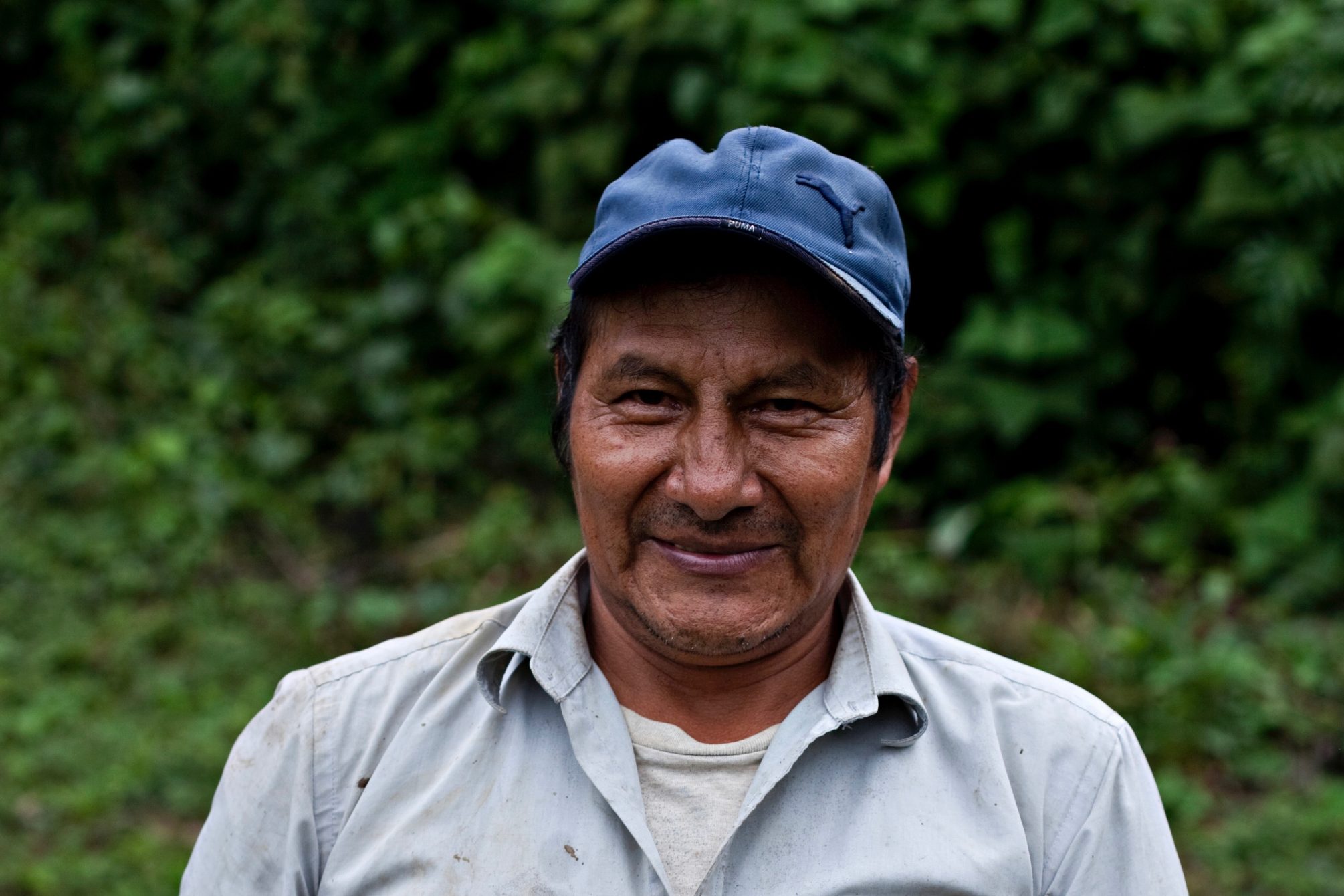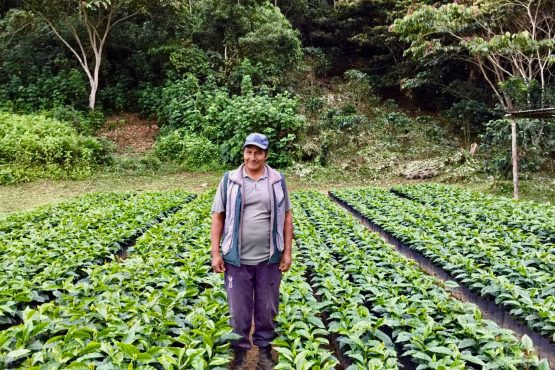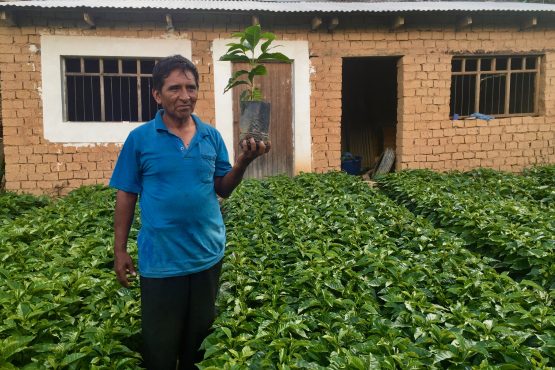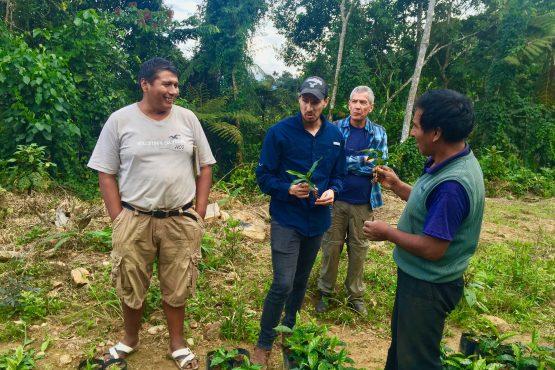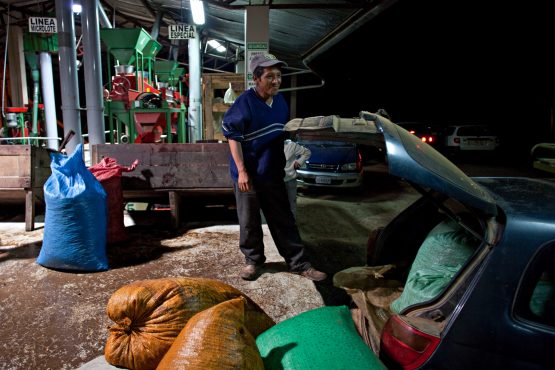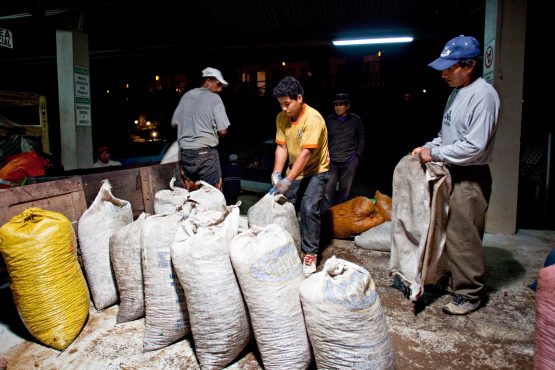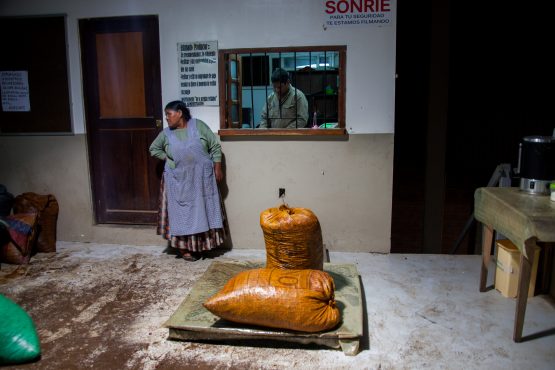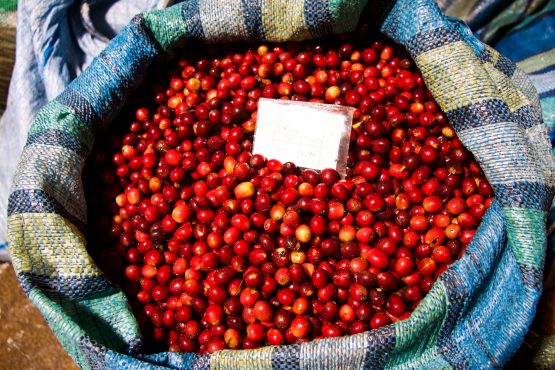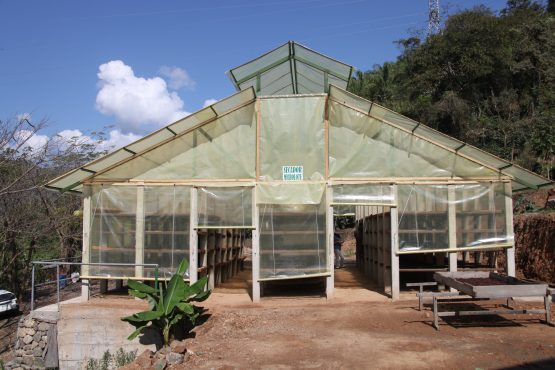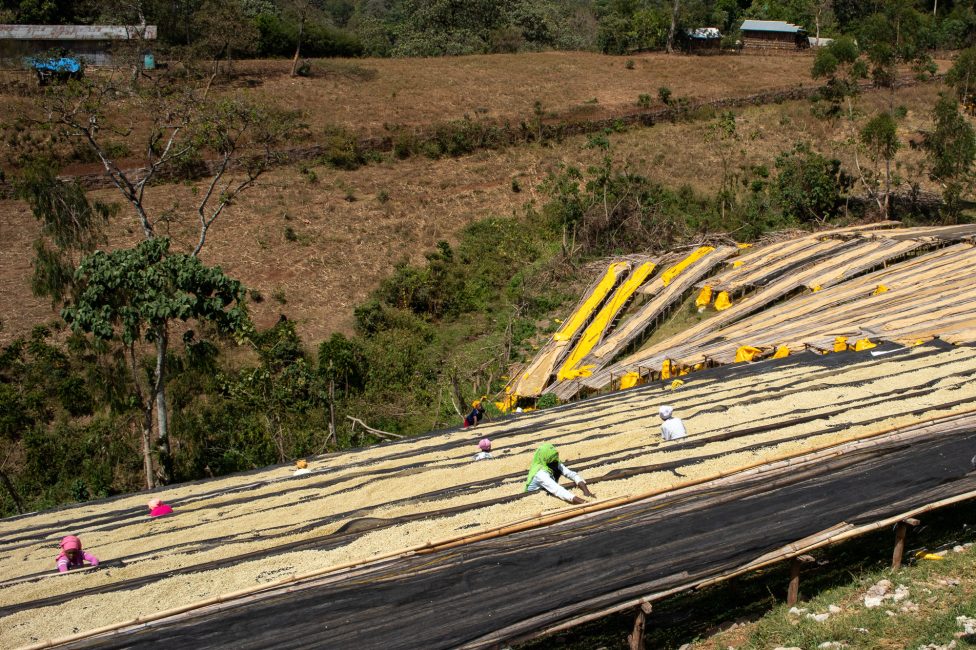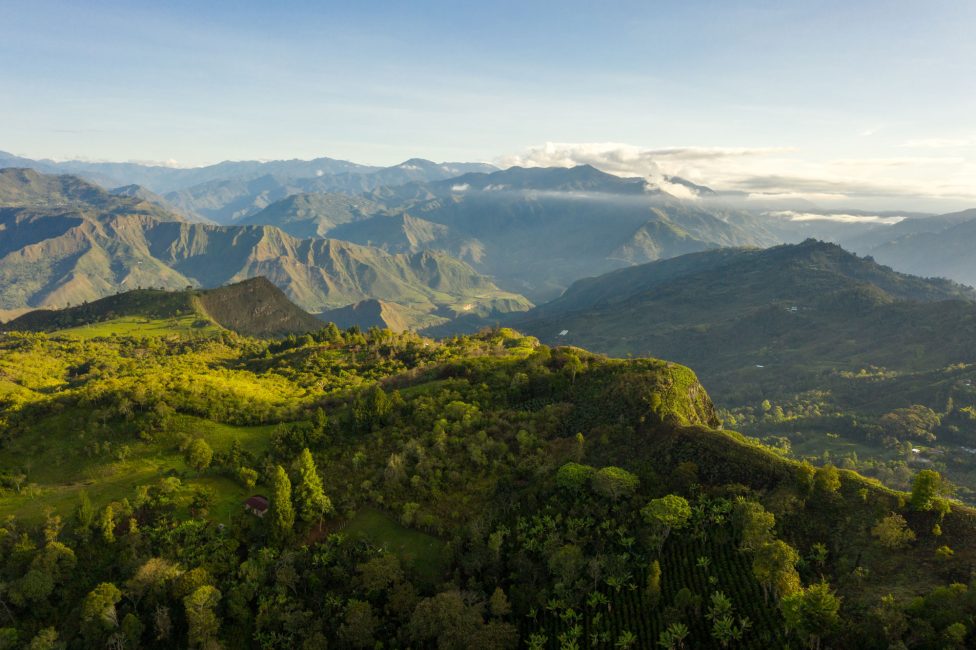Copacabana (Julio Greg and martin)
Floral, elegant and transparent, with honey sweetness and notes of peach, brown sugar, vanilla and milk chocolate.
This coffee was produced by three small coffee producers—brothers Julio and Gregory Palli, and their neighbour Martin Chirinos—from Copacabana, a small and remote settlement located 180 kilometres from La Paz in the heart of the Caranavi province.
The inhabitants of Copacabana first began farming coffee around 35 years ago. Farms here are small and traditional. Almost all work is carried out by the farm’s owners and their extended families, with a handful of temporary workers taken on to help out during harvest. All of the producers at Copacabana were born into the Aymara, an ancient indigenous group which lived on the Altiplano (a vast plateau of the central Andes that stretches from southern Peru to Bolivia and into northern Chile and Argentina). The region was known for the world’s highest lake, called Titicaca, and when their families moved to Caranavi, they named their ‘colony’, or settlement, Copacabana.
Julio, Gregory, and Martin have each worked in coffee all of their lives. Their farms are each about 10 hectares in size, which is relatively big for an area where most smallholder farms are around five hectares, with some a small as one hectare. Their farms sit at an altitude of 1,300 to 1,600 metres above sea level. They grow a mix of Caturra, Catuaí, and Typica on their land and use fully organic methods, without the any chemicals or pesticides. The coffee trees grow in a rich clay soil under the protective shade of native forest trees, whose heavy leaf fall creates a natural mulch fertiliser, and whose canopy provides an important habitat for the many bird and insect species in the area.
The families who live in Copacabana, including the Palli brothers and Chirinos, used to depend on the local market to sell their coffee, meaning low prices and little reliability. Now they selectively pick their coffee cherries and are able to sell their top-grade coffees for substantially higher prices to our partners at Agricafe, which processes specialty lots at its Buena Vista wet mill.
The Caranavi region, where Copacabana and the Buena Vista washing station are located, is the epicentre for specialty coffee production in Bolivia, with incredibly high altitudes, rich soil, and wide daily temperature ranges providing the perfect conditions for exceptional coffee. However, despite its international recognition and highly sought-after coffees, production of coffee in Caranavi (and across Bolivia more broadly) has fallen dramatically in recent years. A combination of aging coffee plantations, unsophisticated farming techniques, and leaf rust have contributed to dramatically reduced yields, and this, combined with the competing coca industry produced for the drug trade (which is illegal in Caranavi but is more lucrative for farmers), has seen coffee production more than halve over the last five years. To try to save specialty coffee production in Bolivia and build a more sustainable future for it, Daniela, Pedro, and Pedro Pablo Rodriguez of Agricafe have started a project called Sol de Manaña.
The three farmers behind this coffee joined the Sol de Manaña program in 2015. As members, they have been given technical assistance and education and been shown how to renovate their farms and improve their farming practices. In the last 12 months, they have built a vibrant coffee nursery and learnt to prune, feed, and manage their coffee plantations in order to increase their yield. The program has helped them invest in their plantations and encouraged them to take a long-term view, and in doing so they have established the foundations for a more sustainable and ultimately more profitable future for themselves and their families.
Julio, Gregory and Martin carefully hand-picked this coffee on the 20th of July and delivered it to the Buena Vista washing station via taxi where it was carefully processed separately on the same day that it was picked. Here the coffee cherry was pulped separately, using a Penagos depulper. It was then washed and dried without fermentation, on raised beds, in an open greenhouse that has adjustable walls which can be raised to allow maximum ventilation. The shade of the greenhouse provides protection against the sun and ensures that the parchment does not break, allowing the coffee to dry slowly and evenly. While drying, the coffee was turned regularly to ensure it dried evenly, and carefully inspected for any defects (often more visible in wet parchment). The result – an elegant and refined coffee. We hope you enjoy it!
